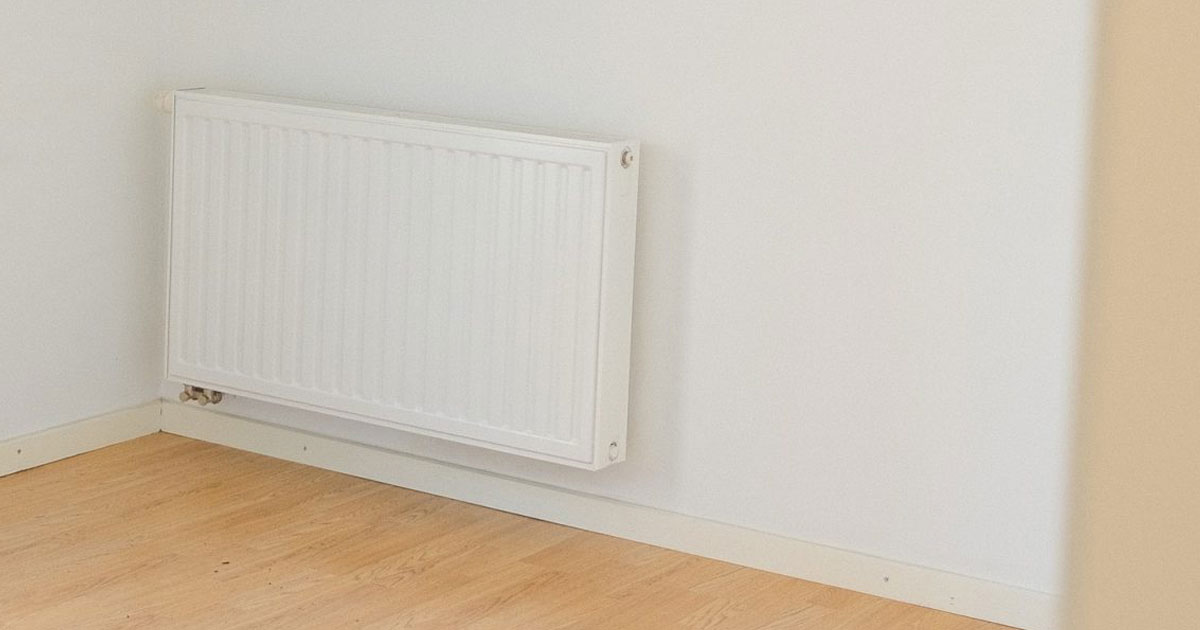Today let’s explore the benefits of underfloor heating systems – a modern and cost-effective way to heat your home. We all know how costly it can be trying to keep warm in winter, but there are surprisingly simple solutions that could help you save on keeping your family cozy without breaking the bank.
Today we’re talking about the advantages of having an underfloor heating system in your home, and why so many homeowners are turning to this energy-efficient and economical method for providing consistent warmth throughout their property.

So if you’re looking for a smart way to reduce your heating costs while still staying comfy year-round, then look no further! Understanding radiant heat, how it works and which system will best suit your home, doesn’t have to be complicated.
Read below for the benefits of why you should consider installing a radiant heat system for your home!
An overview of underfloor heating systems
What is an underfloor heating system?
Underfloor heating systems are a wonderful way to keep your home comfortable and cozy in all seasons. These systems make use of floor-installed heating pipes under your flooring – whether carpet, hardwood or tile – to provide optimum warmth without impacting air quality. For homeowners with underfloor heating systems, it’s important to have a reliable plumber Maumelle on hand to provide expert maintenance and repair services to ensure the system continues to function efficiently.
Furthermore, since the heat is coming from below, it helps to prevent dust movement like traditional furnaces do. Installations can be done with minimal disruption and a wide variety of temperature settings ensure maximum comfort for every room.
With an underfloor heating system in place you not only enjoy a more efficient source of warmth but also an improved ambiance.
Types of underfloor systems
Here are the two most common types of underfloor heating systems.
Hydronic radiant floor heating
Hydronic radiant floor heating is a type of radiant floor heating that uses water to generate heat. The system consists of water-filled pipes that are located beneath the floor. The water is heated by a boiler or other type of heat source, and the heat radiates up through the floor into the room.
Hydronic radiant floor heating is an efficient way to heat a room, as it does not require any forced air to circulate the heat.
Electric radiant floor heating
Electric radiant floor heating is a type of radiant floor heating that uses electricity to generate heat. The system consists of electric cables or mats that are located beneath the floor. The electricity heats up the cables or mats, and the heat radiates up through the floor into the room.
Electric radiant floor heating is an efficient way to heat a room, as it does not require any forced air to circulate the heat.
Benefits of underfloor heating systems
Now that we’ve covered some of the different types of these systems, here is a list of the key benefits.
1. Reduced energy bills
Underfloor heating systems are very efficient, and can help to reduce your energy bills. In fact, according to the U.S. Department of Energy, underfloor heating systems are much more efficient than traditional forced-air heating systems.
This is because underfloor heating systems evenly distribute heat throughout a room, which helps to reduce hot and cold spots. Additionally, underfloor heating systems do not require the use of fans or blowers, which can further reduce energy consumption.
2. Improved indoor air quality
Another benefit of underfloor heating systems is that they improve indoor air quality. Traditional forced-air heating systems often recirculate dust and other allergens throughout a home, which can aggravate allergies and respiratory problems. Underfloor heating systems do not recirculate air, and can therefore help to improve indoor air quality.
3. Increased comfort
Hydronic or Electric Underfloor Heating Kit, which assists in the installation of heating systems, can also provide increased comfort as they evenly distribute heat throughout a room. This can be especially beneficial in rooms with high ceilings, as traditional forced-air heating systems often struggle to heat these types of rooms effectively.
Additionally, underfloor heating systems operate at lower temperatures than traditional forced-air systems, which can make them more comfortable for some people.
4. Flexible installation options
Underfloor heating systems can also be installed in a variety of ways depending on your needs. For example, they can be installed in new construction or retrofitted into existing homes.
Additionally, underfloor heating systems can be installed in a variety of flooring materials, including hardwood, laminate, tile, and carpet.
5. Low maintenance costs
Underfloor heating systems are also very low maintenance and typically only require annual servicing. Additionally, there are no filters or ductwork required with underfloor heating systems, which helps to further reduce maintenance costs.
Conclusion – Benefits of underfloor heating systems
In conclusion, underfloor heating can offer you a unique whole-home comfort experience that is customizable, energy efficient, and cost-effective. For those looking for an upgrade during the cold winter months, there is no doubt that underfloor heating offers a number of advantages that traditional heating systems or alternative methods simply can’t match.
Additionally, with experts estimating its working life at around 25 years – you’ll be feeling the benefits of underfloor heating for a long time to come!
So if you’re looking to replace your outdated traditional heating system with underfloor heating this winter season, make sure to call a local professional who can provide you with further details and quotes specific to your home requirements.
